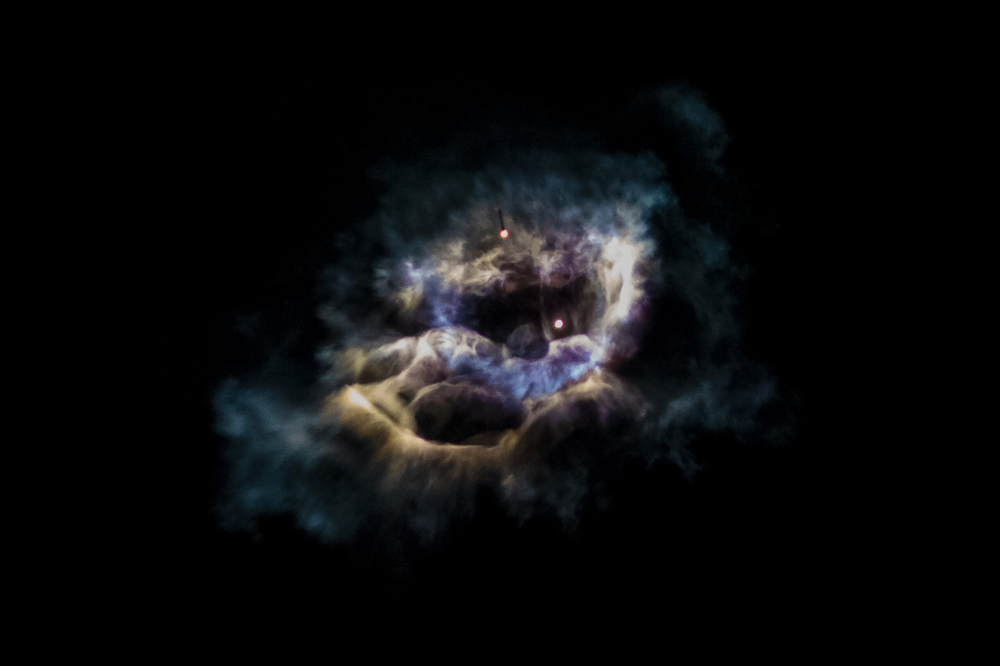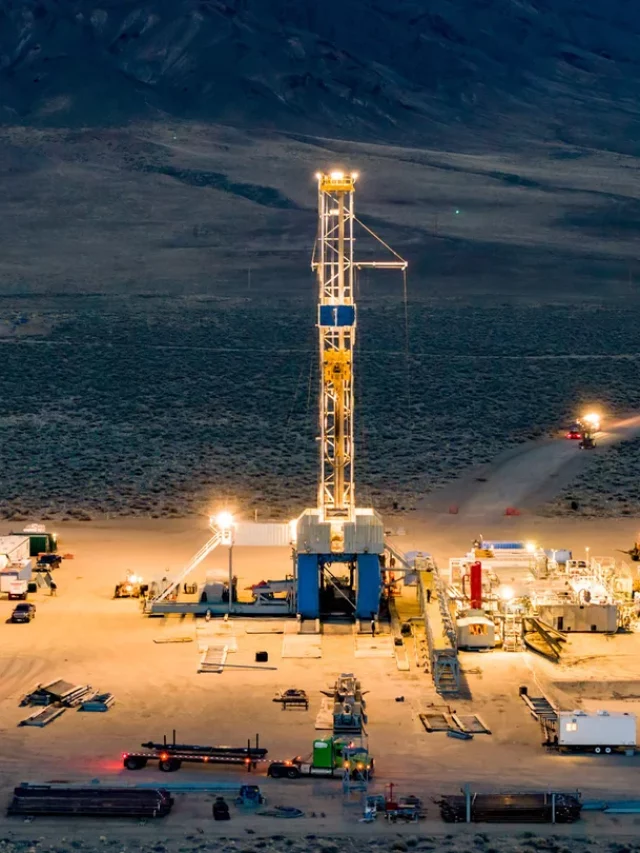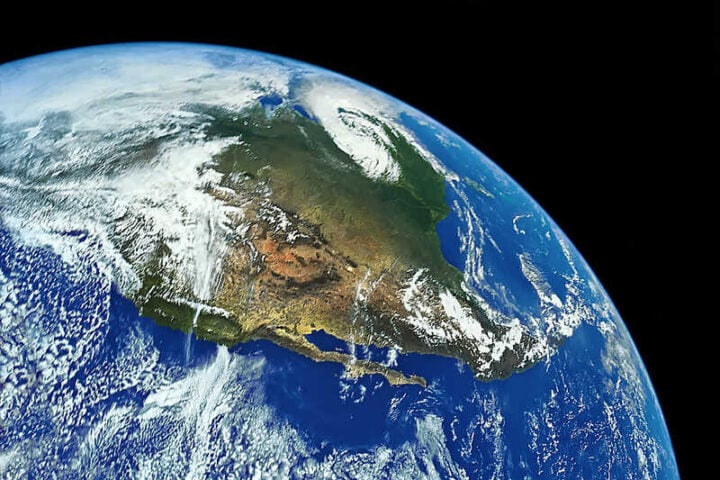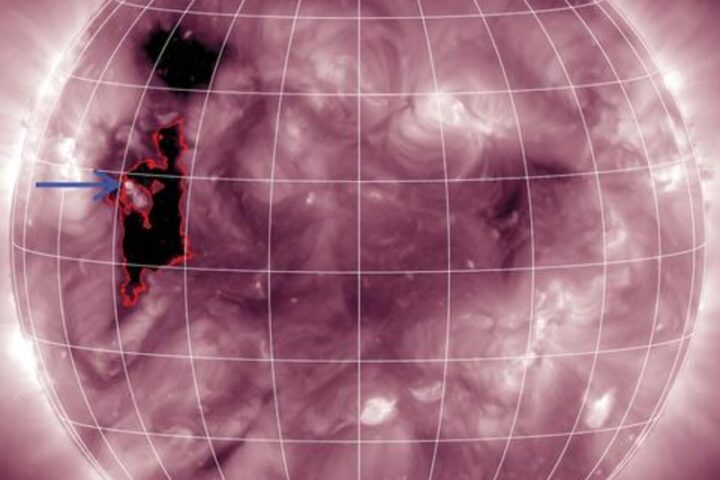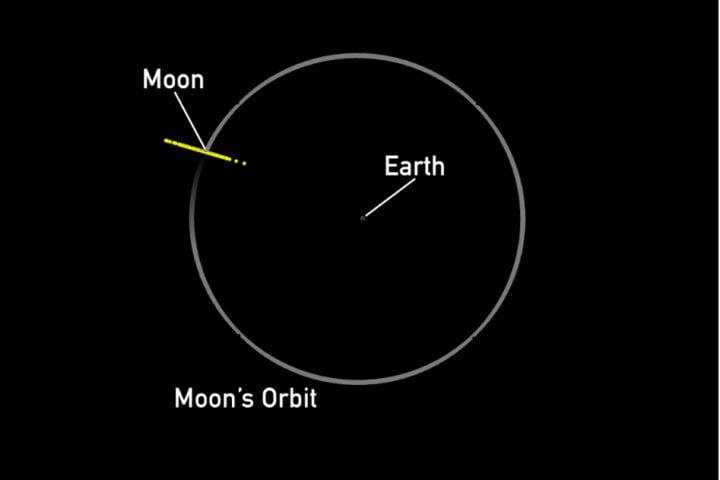The breathtaking ‘SpaceX auroras’, a unique atmospheric phenomenon resulting from rocket launches, are capturing the attention of scientists and skywatchers alike. As we gaze into the heavens, these glows offer a glimpse into the intricate dance between human ingenuity and Earth’s delicate upper atmosphere.
The night sky is no stranger to wonders, but a recent addition is drawing both awe and concern. The ‘SpaceX auroras’, a term coined for the red, spherical spots visible after SpaceX rocket launches, are more than just celestial beauty; they’re a signpost of our advancing space age. These phenomena, while technically not auroras, result from the interaction of SpaceX rockets with the Earth’s ionosphere, an essential layer for GPS and shortwave radio communication.
Stephen Hummel from the McDonald Observatory in Austin, Texas, sheds light on this growing trend: “The frequency of these red clouds could increase as SpaceX targets more launches in the future. Their impact on astronomical science is still being evaluated.” This statement encapsulates a blend of fascination and caution that resonates with many in the scientific community.
Jeff Baumgardner, who observed these effects at around 186 miles altitude, notes that during the engine burn, SpaceX rockets release about 400lbs of exhaust gases, predominantly water and carbon dioxide. These emissions interact with the ionosphere, causing the observed red glows. Remarkably, this phenomenon is not entirely new. Researchers have been studying ionospheric holes since the dawn of the space age, with NASA’s Saturn V Rocket launch in 1973 leaving a significant mark in the ionosphere.
Each day, the ionosphere is formed and reformed by solar radiation exciting oxygen and nitrogen atoms. At night, these atoms recombine, creating a faint glow known as airglow. The SpaceX rockets, when entering or leaving the ionosphere, accelerate this recombination process, leading to the vivid red glows.
However, the beauty of these ‘auroras’ belies potential challenges. With SpaceX planning to ramp up its launch schedule, concerns are mounting about the effects on ground-based astronomy and satellite communications. A Falcon 9 rocket launch in July left a visible red glow over Arizona, a stark reminder of the changing dynamics in our upper atmosphere.
Astronomers are particularly vigilant. A sudden appearance of these glows could disrupt crucial astronomical observations. “It could ruin somebody’s time on a telescope,” Baumgardner warns, highlighting the tightrope walk between technological progress and scientific research.
Protecting the night sky is becoming increasingly complex in our era of frequent spaceflight. The ‘skyglow’ from human light pollution is already a known issue, and the metallic residues from rockets and satellites add another layer of concern. While SpaceX’s Starlink satellites have reduced their visibility to minimize impact on astronomy, the full effects of these launches remain under scrutiny.
Despite these challenges, the ‘SpaceX auroras’ are a testament to human ambition and its interaction with our planet’s natural systems. As we forge ahead into new frontiers of space exploration, these atmospheric displays serve as a vivid reminder of our responsibility towards the delicate balance of Earth’s environment.
Looking forward, the scientific community is keenly observing these developments. The goal is not just to understand these phenomena but also to find ways to mitigate any adverse effects on astronomy and communication systems.
In conclusion, as we marvel at the sight of ‘SpaceX auroras’, they beckon us to ponder our place in the cosmos and our impact on the celestial sphere we call home. Their beauty is undeniable, but so is the imperative to understand and preserve the night sky for future generations of stargazers and scientists. As we continue to reach for the stars, let us also remember to look back and care for the planet that fuels our dreams.
